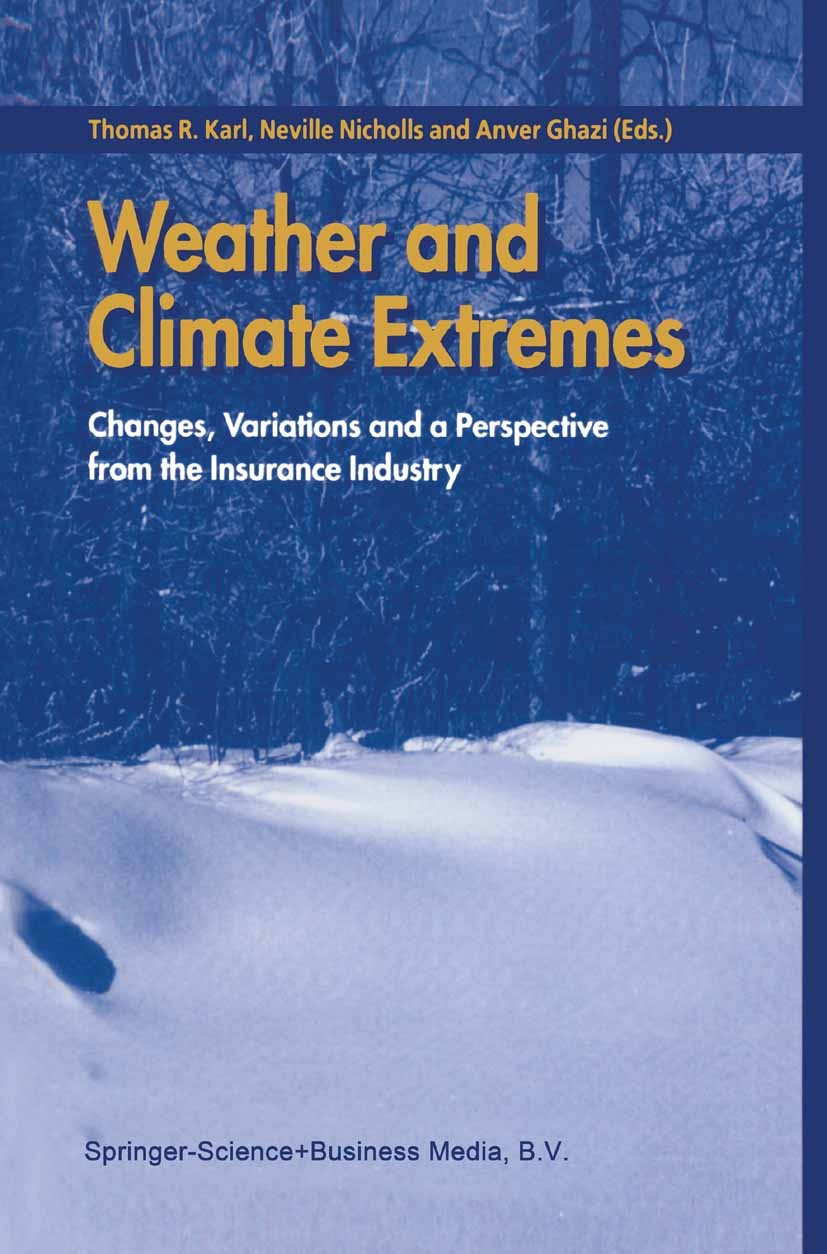Modelling the effects of rainstorm adaptation strategies on maize yield among rural farmers in Ekiti State, Nigeria
IF 6.9
1区 地球科学
Q1 METEOROLOGY & ATMOSPHERIC SCIENCES
引用次数: 0
Abstract
The increased recurrence of rainstorms remains a concern for productivity and economic development, especially in developing countries. Therefore, focusing on rainstorm adaptation and its impact on agricultural productivity will play a vital role in shaping policy decisions. Based on this fact, the study models the effects of rainstorm adaptation strategies on maize yield among rural farmers in Ekiti State, Nigeria, using an endogenous switching regression model. By the cross-sectional data of 293 farmers, the model accounts for selectivity bias. The result recognised that the rainstorm event had caused economic and environmental damage. However, the farmers do make proactive efforts to adapt to rainstorms in the area. The results further revealed that age, education, income, fertilizer applications, hill region, participation in training, and climate information determine the adoption of rainstorm adaptation decision-making. Our findings show that the adoption of rainstorm adaptation increased maize yield, as an average farmer who adopted it produced nearly 57 % more than farmers who did not adopt it. Again, adopters would have lost about 44 % value of yield if they had decided not to adopt, whereas approximately 28 % value of yield would have accrued by the non-adopters if they had adopted. Again, the number of assets owned, fertilizer application, climate belief, and participation in climate-related training are the significant factors explaining higher adopters’ yield. Therefore, the study suggests policy interventions that will promote the wide adoption of rainstorm adaptations. Also, improved weather forecasting services and better access to relevant climate information can help farmers make better decisions and plan their agricultural activities.
模拟暴雨适应策略对尼日利亚埃基蒂州农村农民玉米产量的影响
暴雨频繁发生仍然是生产力和经济发展的一个关切,特别是在发展中国家。因此,关注暴雨适应及其对农业生产力的影响将在制定政策决策中发挥至关重要的作用。基于此,本研究采用内源转换回归模型,模拟了尼日利亚Ekiti州农民暴雨适应策略对玉米产量的影响。通过293个农户的横截面数据,该模型考虑了选择性偏倚。结果表明,暴雨事件造成了经济和环境损害。然而,农民们确实做出了积极的努力来适应该地区的暴风雨。结果进一步表明,年龄、教育程度、收入、肥料施用、丘陵地区、参加培训和气候信息决定了暴雨适应决策的采用。我们的研究结果表明,采用暴雨适应措施提高了玉米产量,采用该措施的农民的平均产量比未采用该措施的农民高出近57%。同样,如果采用者决定不采用,他们将损失约44%的收益值,而如果他们采用了,非采用者将损失约28%的收益值。同样,拥有的资产数量、肥料施用、气候信念和参与气候相关培训是解释采用者更高产量的重要因素。因此,该研究建议采取政策干预措施,促进广泛采用适应暴雨的措施。此外,改善天气预报服务和更好地获取相关气候信息可以帮助农民做出更好的决策和规划他们的农业活动。
本文章由计算机程序翻译,如有差异,请以英文原文为准。
求助全文
约1分钟内获得全文
求助全文
来源期刊

Weather and Climate Extremes
Earth and Planetary Sciences-Atmospheric Science
CiteScore
11.00
自引率
7.50%
发文量
102
审稿时长
33 weeks
期刊介绍:
Weather and Climate Extremes
Target Audience:
Academics
Decision makers
International development agencies
Non-governmental organizations (NGOs)
Civil society
Focus Areas:
Research in weather and climate extremes
Monitoring and early warning systems
Assessment of vulnerability and impacts
Developing and implementing intervention policies
Effective risk management and adaptation practices
Engagement of local communities in adopting coping strategies
Information and communication strategies tailored to local and regional needs and circumstances
 求助内容:
求助内容: 应助结果提醒方式:
应助结果提醒方式:


